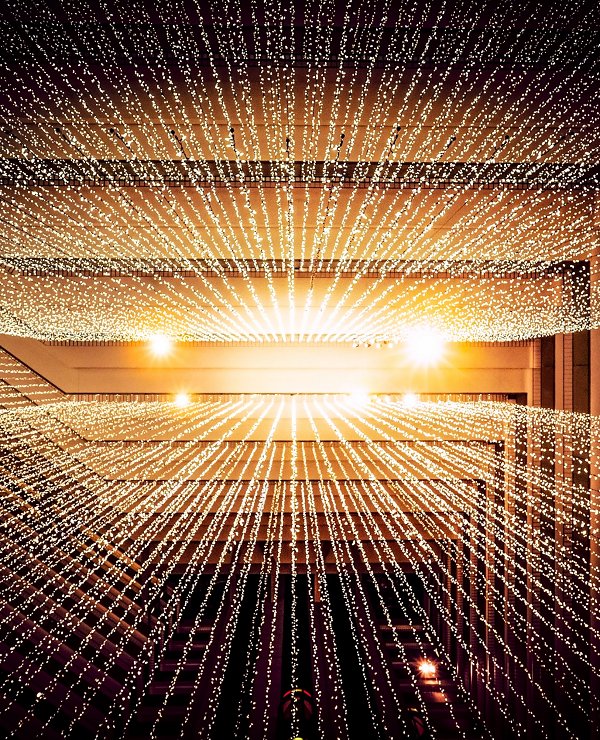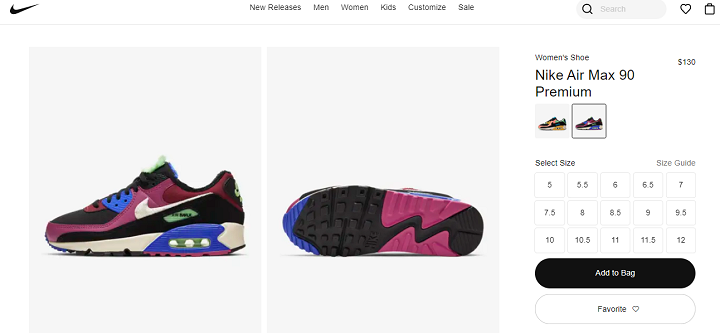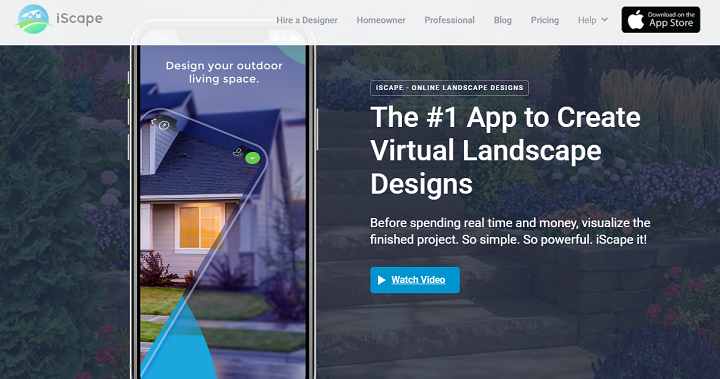Three Trends Shaping A Design Industry Evolution

If there’s one thing that COVID-19 has laid bare, it’s the ongoing independence of the digital world from the physical one. Despite being unable to leave our homes, we’ve been able to do a good portion of the things we normally do (no matter what you think about Zoom), and this trend is only going to continue. Technology is reshaping even the most traditional industries, and design is reshaping the human-technology interaction in new and exciting ways everyday.
UX design is what guides our interactions with technology, to ensure that we get tools that are accessible, intuitive, and human-centric. It involves creating experiences, driving narratives, and ensuring that the service we receive from afar mimics the service we receive in person. Without these design ideas baked into the technological foundation, we would be left with frustrating, cold, alienating tools, not empowering and engaging ones. So let’s take a look at a few of the design trends that are shaping the intuitive future driving us forward.
Branded Experiences

One of the main portals for future customer interaction is a company’s website, and this has led to an online arms race. The world’s biggest brands are doing everything in their power to make their websites feel as close as possible to being in their stores. This has led to an explosion of immersive, visually driven websites, which are taking the online shopping experience to new heights. Let’s take a look at a few examples of what’s happening in this space, to inspire you to embrace the future of online branded experiences.
Nike is prominent in two of the industries that people consider most difficult to digitalize: athletic and footwear. Most consumers want to try on high performance clothing and shoes to ensure that they fit properly and move well, and this is something that seems extremely difficult to replicate online. Nike is doing their best to bring some of the dynamism that defines their stores online, through some innovative methods. The first thing you notice on their website is that it’s full of video, especially on the product pages for some of the premier lines, to show how Nike products react and respond to athletic moves, as you would try them in the store. They also outline the superior technology making up their products, and testimonials from the dozens of professional athletes that use their gear, to create an elite atmosphere of high performance athletic success.
The next evolution in branded experiences is the augmented reality (AR) boom. This will allow you to use your phone’s camera to see how products will look in your home, without going to the showroom, to help you find the perfect fit. One of the biggest industries for AR is furniture, and, as can be expected, Amazon is one of the brands leading the way. Their Amazon AR View allows you to see furniture in your home, so that you can (virtually) try it before you buy it.
Remote Service

Another trend driving economic change is the increased ability of service providers to function at a distance. This has obviously been a necessity during the quarantine and lockdown, but it will be something that is here to stay. In the same way that online shopping for goods has become an increasingly large part of people’s lives, online shopping for services is becoming more accessible, more effective, and more user-friendly. The primary way this is occurring is also through the AR boom mentioned above. Services like interior design, landscaping, and others, can now be provided at a distance. Users design the exact layout, advised by consultants as necessary, that they like based on their yard or home, to save time and money on this process. To see how this works in more depth, let’s look at an example.
iScape is an app that helps you create digital landscape designs, based on your own yard, to envision what a project will look like before you commit to it. Professional landscape designers are on hand to help you through the process and make recommendations. Additionally, all of the products that you can use in the designs are available to order from suppliers, to ensure that you can turn your dream into a reality. A carefully-constructed UX strategy is obviously crucial for a service like this. If the application feels cumbersome or requires too many instructions to get going, weary consumers will quickly abandon ship and return to what they know.
Emotional and Narrative Design

One final trend to keep an eye on is emotional and narrative design. This is the idea that designs must synthesize narrative elements and evoke emotions, rather than simply focusing on user experience and design principles. Narrative design is the concept that actions and images really do speak louder than words, and that stories can be told more effectively in this way. One thought about how many movies and TV shows people watch, versus how many books people read, will show you that audiences are primed for this type of design.
For a quick example, check out this landing page for the Maserati MC20. With a vibrant, dynamic design, interactive features, and imagery that inspires, this is what you should be aiming to achieve with your brand’s website. Emotional design is the theory and practice of going beyond traditional marketing techniques, to forge deep connections with target audiences. People aren’t satisfied by surface level value or discounts anymore; they need brands to align with them on a personal level, and this is achieved through emotional design.
If you’re interested in how any of these trends could benefit your business, reach out today!